There are various types of defects that can occur in plastering. These defects occur on the plastered surfaces due to the bad quality of plastering work. These defects in plaster ruin the complete aesthetics of the building. Plastering defects should be attended timely to avoid any structural defects such as corrosion on the reinforcement bar.
Painting works are performed on plastered surfaces. In the case of the plaster, the quality isn’t great, the creativity of the painting will get ruined. Prior to plastering the walls, we want to guarantee the quality and fix it to prevent future damage.
In this article, Important types of defects in plastering are described.
Table of Contents
Grinning:
In this type of defect, mortar joints are in the continuity of the surface characteristics of the background. There should be an undercoat before plaster to void such problems.
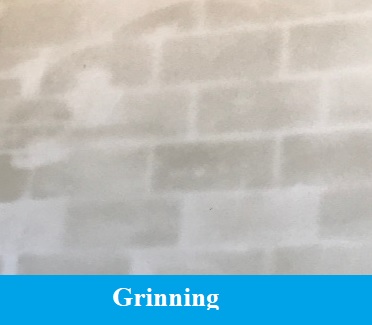
Crazing:
Crazing is a network of very fine cracks, It is only upper on the upper surface of plaster.
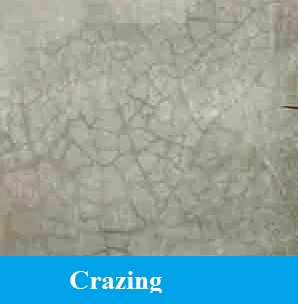
Efflorescence:
Efflorescence occurs due to soluble salts present in the plaster ingredients. Soluble salt ( sulfates of sodium, calcium, and magnesium) can be present in cement, sand, or even in the water.
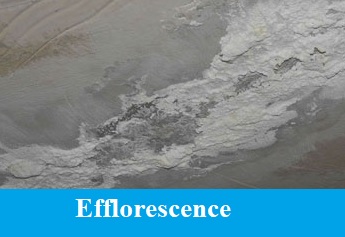
Falling Out Of Plaster:
In this scenario, plaster starts falling from the surface due to excessive moisture content.
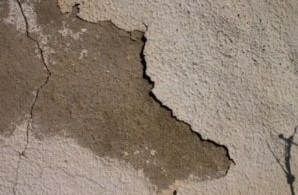
Blistering:
Blistering is the formation of one or more local swellings on the finished plastered surface.

Cracking:
As you can see in the image, cracks appear on the plastered surface. Crack can be one or more than one.
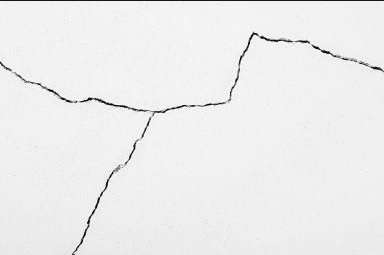
Conclusion:
Plastering should be done on ready dry surfaces that are appropriate for recovering plaster. Skilled laborers and great quality material should be utilized to keep away from these defects.
